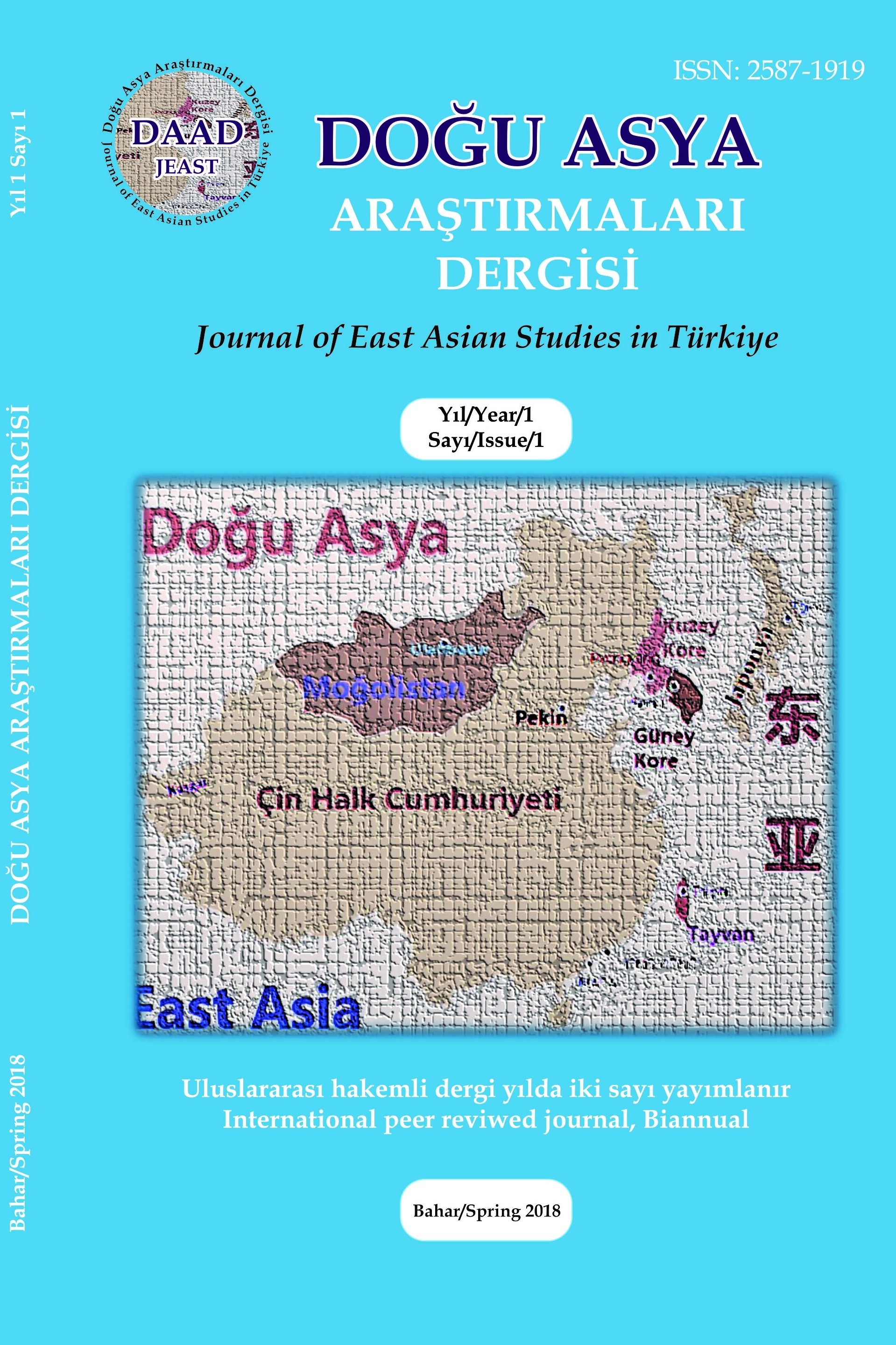
Doğu Asya Araştırmaları Dergisi
Yazarlar: Seriye SEZEN
Konular:Tarih
Anahtar Kelimeler:Mongolia,State of Mongolia,Constitutional order in Mongolia,Constitutions of Mongolia,Socialist constitutions.
Özet: Mongolia is a country, which has been transformed from a huge empire to a nation state. By examining the constitutions of the country, the paper explores the transformation of Mongolia to a socialist republic firstly, and then to a liberal republic at the end of the 20th century. In spite of historical interactions between Turks and Mongols, and the significant transformation of the country during the 20th century, Mongolia is among countries neglected by Turkish social sciences community except historians. Hence, the aim of this descriptive and informative paper is to fulfil knowledge gap to some extent and stimulate further studies on Mongolia. Firstly, the paper, briefly reviews the independency process of Mongolia. Secondly, it highlights the Chingiss Khaan’s yasak-zasag as a code of law enforcing strict discipline in a steppe society. Thereafter, it deals with the foundation of Mongolia as a socialist republic and establishment of a constitutional order in the country. Finally, by examining the country’s constitutional texts, characteristic and structural transformation of Mongolia state during the socialist and the liberal eras is delineated. Russia and China, two powerful neighbours, have influenced the transformation of Mongolia toward a nation state. Later on the collapse of the Soviet Union gave way to its transition from a socialist to liberal republic. During the socialist epoch, although Mongolia was a de jure independent country, it was under the control of the Soviet Union almost 70 years. Following the dissolution of the Soviet Union, Mongolia embraced capitalism as a way to achieve its de facto independence from the Soviet Union in the 1990s. The country, which tried to establish a liberal democratic order, is still striving with negative outcomes of the rapid transition to capitalism. Furthermore, it seems that transition to capitalism in order to escape from Russia’s influence and to get de facto independence, has generated a new dependency. Hence, one can argue that, despite its enormous natural resources, Mongolia’s dependency on the Soviet Union during the socialist era has been replaced with dependency on Western capitalism.